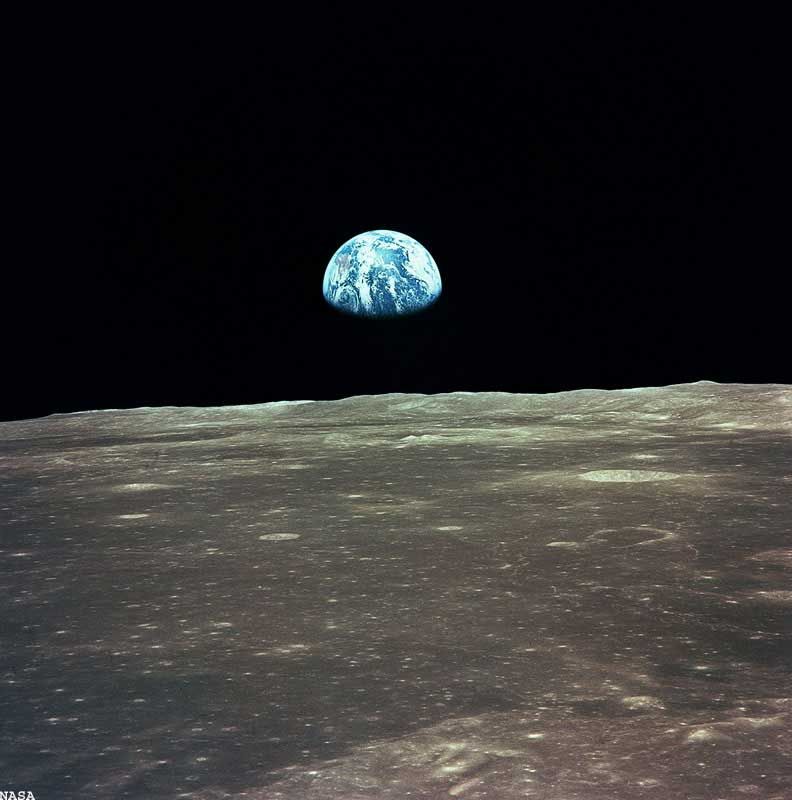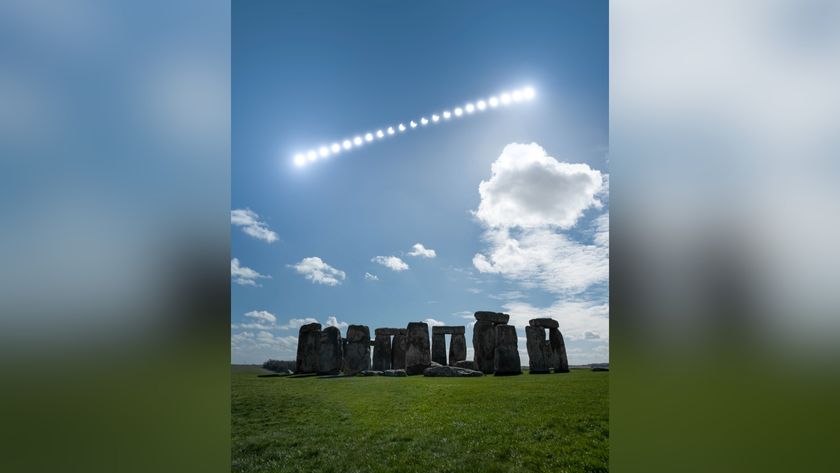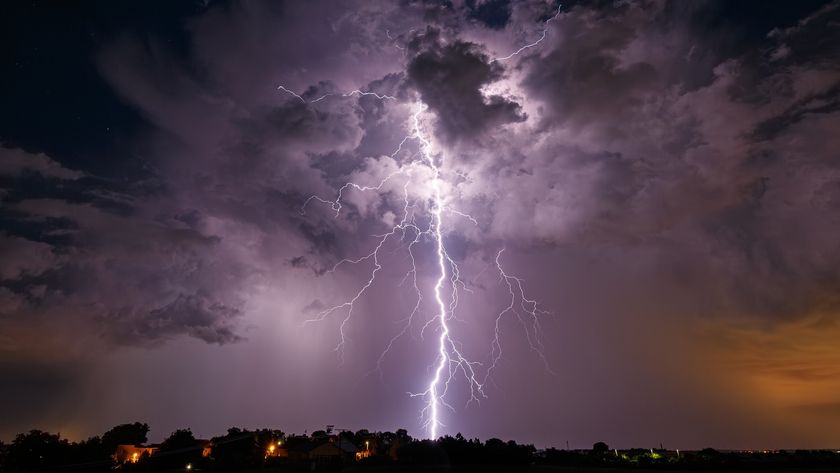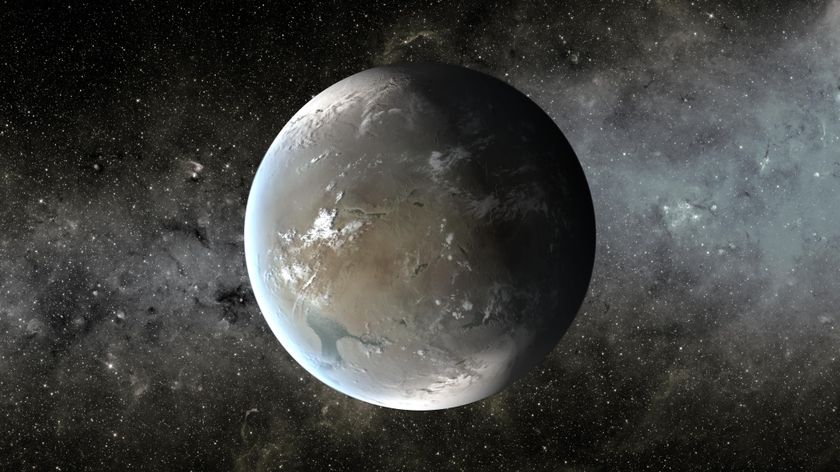NASA's Best Missions to Get High Definition Treatment

NASA'sgreatest missions are about to get a high definition makeover by the DiscoveryChannel this year to commemorate the U.S.space agency's 50th anniversary.
"WhenWe Left Earth: The NASA Missions," a miniseries that follows Discovery?s popular"Planet Earth" series, will showcase 50years of space exploration. The series includes some never-before-seen filmculled from 500 hours of footage plucked from NASA's archives and carefullyrestored for broadcast in high definition (HD).
"Nogimmicks, no photoshopping, no CGI," said John Ford, president and generalmanager of Discovery Channel, in a preview webcast from the newly openedDavidson Center for Space Exploration in Huntsville, Alabama.
MoonwalkersBuzz Aldrin, Apollo 11, and Charlie Duke, Apollo 16, were also on hand to discusstheir experiences as Apollo astronauts.
"I wasso excited during the entire 11 days [of the mission] that it bubbled up,"Duke said, describing himself and fellow Apollo 16 astronaut John Young as"two little five-year-olds running around" and comparing their anticswith those of his grandsons.
Duke alsonoted that one grandson owns an iPod with "a million times morecomputational power than what we had" on the lunar landing missions, whichlaunched between 1969 and 1972.
"Wedid pretty well with what we had," Aldrin added.
Get the Space.com Newsletter
Breaking space news, the latest updates on rocket launches, skywatching events and more!
A 10-minutepreview clip of the upcoming Discovery Channel series highlighted the thrilland danger of the Apollo missions set against the Cold War's space race, with astunning sequence of the 36-story SaturnV rocket roaring spaceward while burning 20 tons of fuel per second.
NASA will returnto the moon with its Ares rockets and Orion spacecraft that are slated toreplace the aging space shuttle. However, the shuttle's retirement in 2010leaves a five-year gap in spaceflight capabilities until the new spacecraftcome online.
"Iwould hope we have the national will and political will to get through this dryspell while we point back towards the moon," Duke said. He favored a"balanced" NASA approach between manned missions and unmanned roboticexploration.
Aldrinemphasized the need for "parallel access to low earth orbit" withprivate space ventures helping fill the spaceflight gap. He also pushed for amore aggressive timetable that looked beyond Earth orbit and the moon towardsMars.
"Marsis where we need permanence," Aldrin said. "We need to go to the moonto learn how to go to Mars, but to establish [lunar] permanence will maybeabsorb too many resources."
Bothastronauts observed that space exploration has not only pushed thetechnological envelope, but has also benefited ordinary Americans and peopleacross the world.
"There'snot one area of our life that has not been touched by space agetechnology," Duke said.
Although theastronauts were enthusiastic when asked about audiences getting to view spaceexploration in HD, Aldrin noted one downside.
"Wedon't have makeup people who go along with our crew," Aldrin said.
"WhenWe Left Earth: The NASA Missions" will air as a six-hour special onconsecutive Sundays, June 8, 15, and 27.
- VIDEO: Apollo 11: The First Moon Men
- VIDEO: 50 Years in Space
- Top 10 Revelations of the Space Age
Join our Space Forums to keep talking space on the latest missions, night sky and more! And if you have a news tip, correction or comment, let us know at: community@space.com.
Jeremy Hsu is science writer based in New York City whose work has appeared in Scientific American, Discovery Magazine, Backchannel, Wired.com and IEEE Spectrum, among others. He joined the Space.com and Live Science teams in 2010 as a Senior Writer and is currently the Editor-in-Chief of Indicate Media. Jeremy studied history and sociology of science at the University of Pennsylvania, and earned a master's degree in journalism from the NYU Science, Health and Environmental Reporting Program. You can find Jeremy's latest project on Twitter.










